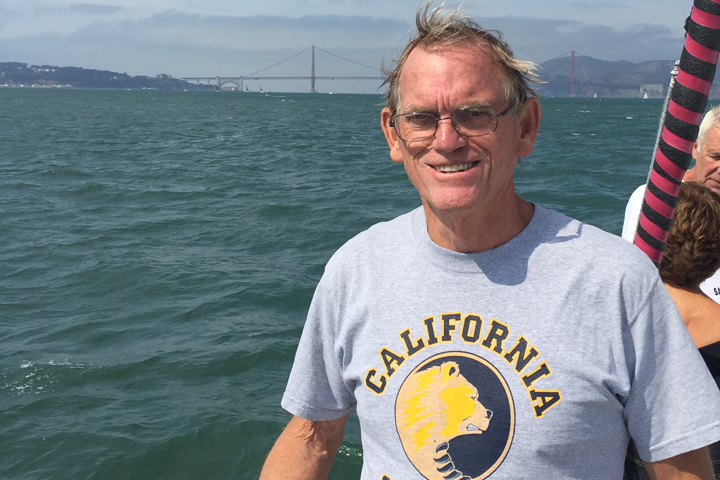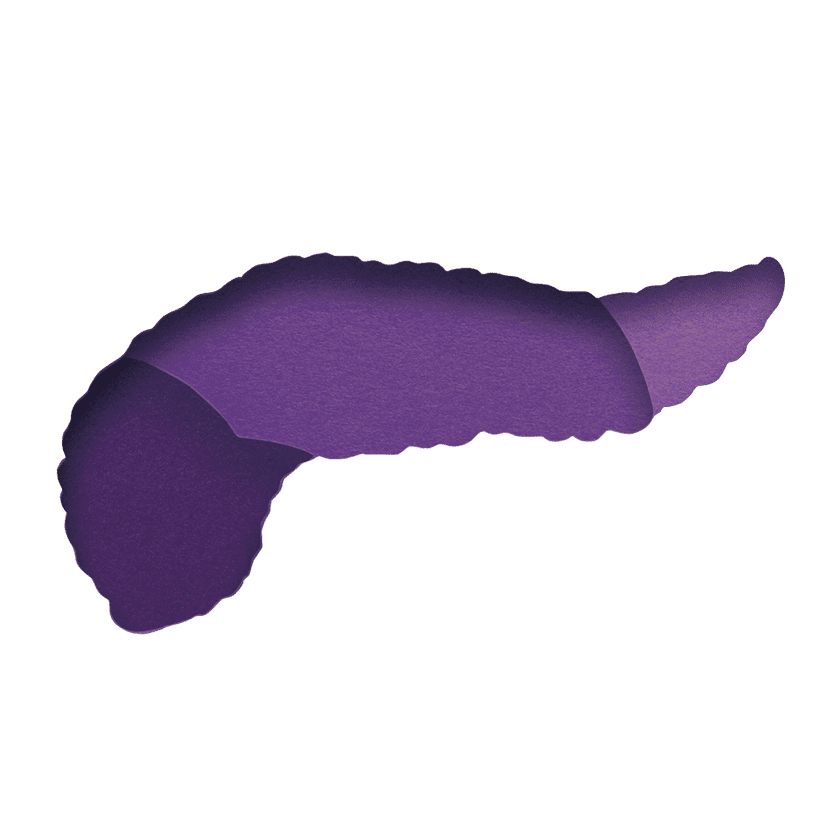Don’t Ignore Your Symptoms

- Symptoms of dark urine, jaundice, and itching finally sent me to the doctor
- Whipple surgery after pancreatic cancer diagnosis
- Chemotherapy after surgery
I was diagnosed with pancreatic cancer in early January 2008.
I was a practicing attorney, living in Simi Valley, California. In late 2007, I noticed that I was feeling tired all the time and had lost my appetite. I ignored these symptoms. I assumed that I was feeling pressure as I prepared for a trial scheduled for late January 2008. Then I noticed that my urine started to become dark. It became progressively darker, but I also ignored this.
The day before I went to the hospital, I became jaundiced and started to itch all over my body. My wife insisted that I go immediately to the Kaiser ER in Woodland Hills, California. An ultrasound showed that there was some kind of blockage in my bile duct, which was causing the jaundice and itching. I was given an endoscopy procedure the next day, during which a shunt was inserted in the bile duct. It was after this procedure and a CT scan that I was told that I probably had pancreatic cancer and was scheduled to meet with Dr. Dean Nora, a surgeon.
A Whipple Procedure toTreat My Pancreatic Cancer
I decided not to research pancreatic cancer after I was given the diagnosis. I was aware generally that pancreatic cancer was one of the worst forms of cancer, but I decided not to try to self-diagnose.
I had the Whipple procedure on February 8, 2008. The laboratory analysis after surgery confirmed that I had stage I pancreatic cancer. Two days after surgery I was back in the operating room for emergency surgery, because the sutures in the pancreas did not hold and I was bleeding out. After surgery I was in intensive care for about 10 days and required several blood transfusions. I also developed several persistent internal infections, which required constant treatment. I had PICC lines (long, thin catheter inserted into veins) in both arms because I was receiving so many IVs. This second surgery was the reason my hospital stay was five weeks.
I was being fed intravenously while in the hospital and for about three weeks after returning home. I was also being given insulin while we waited to see if my pancreas would resume functioning.
About two months after leaving the hospital, I saw oncologist Dr. David Beard, and started chemotherapy with gemcitabine (Gemzar). I had treatment via IV once a week for about one hour each time for three weeks and then one week off. This went on for four to five months. I was sleepy following each infusion. I completed treatment in July 2008.
Life After Pancreatic Cancer
Since the chemo ended, I have had no other treatment directly related to the cancer. I take the enzyme supplement Pancrelipase three times a day with meals to help with digestion. Pancrelipase is necessary because my pancreas does not produce enzymes in a normal fashion. I also take omeprazol (the generic name for Prilosec) twice a day to control acid accumulation in the stomach. Because the stomach was involved in the Whipple procedure, I am now susceptible to stomach ulcers, particularly in the areas where there were internal sutures. My pancreas is functioning, so I do not have diabetes and do not have to use insulin.
The surgery and chemotherapy were effective—the cancer is gone. However, the chemo adversely affected my hearing and I am now deaf in the left ear and the hearing in my right ear is marginal. I retired at the age of 70 (I am now 73) because of the hearing loss.
When I retired my wife and I moved to Boalsburg, Pennsylvania, to be near our grandchildren. Once a year I see Dr. Nilesh Patel, an oncologist at Geisinger Health Plan.
When I was young, I did open water swim racing in San Francisco. After the pancreatic cancer, my three daughters insisted that I resume open water swimming. Since the cancer, I have swum in seven open water races. The longest race was 6.2 miles from the Golden Gate Bridge to the San Francisco Bay Bridge in 2017. I have swum the Golden Gate 20 times and have the fourth fastest time in a one-way crossing and the fastest time for a man in a round trip crossing.
Watch Ed and his wife Kathie tell their story in the video “Every Day is a Good Day.”






